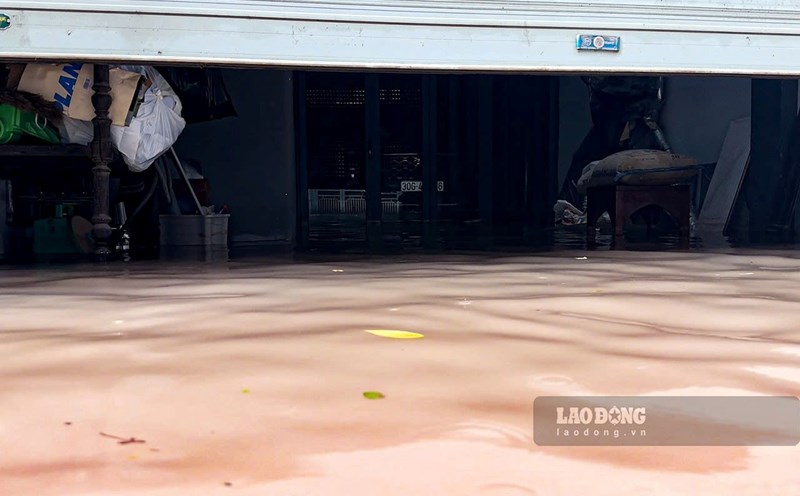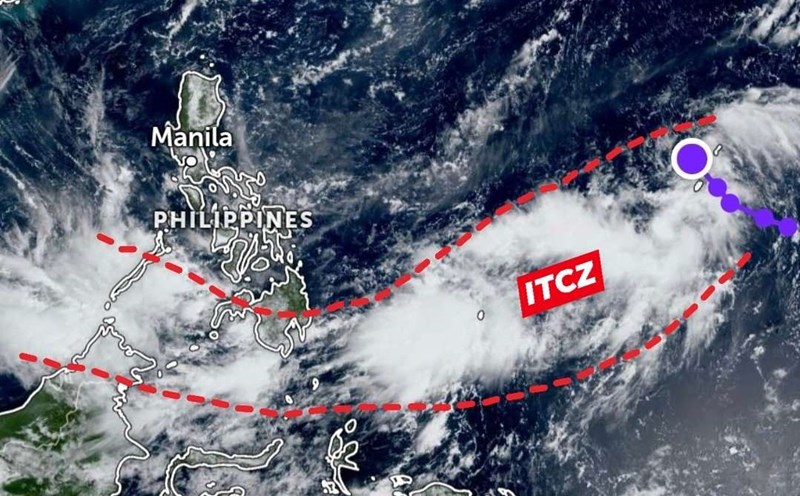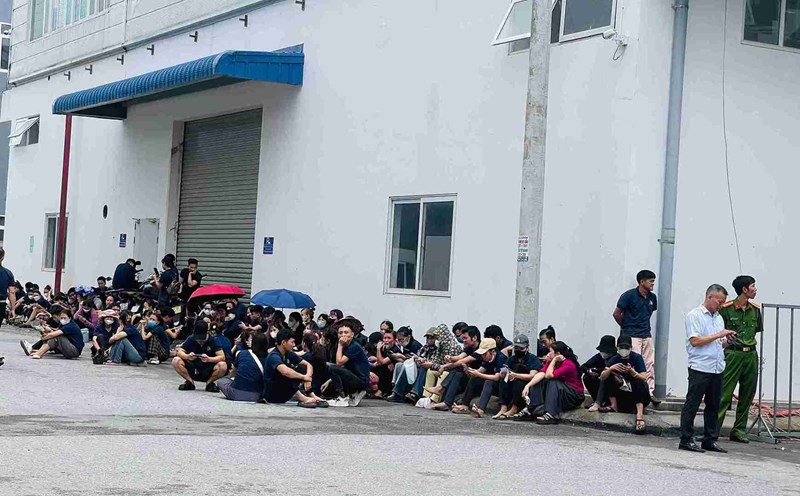Risk of husband risk
According to the Southern Institute of Water Resources Planning and the Southern Institute of Water Resources Research, the peak of the main flood season in 2025 in the Mekong Delta is facing a very unpredictable risk. Because the impact of storms increases water levels, the flood peak in 2025 also coincides with the appearance of high tides.
The flood is forecast to peak in the first half of October. On the Tien River, in Tan Chau, the flood peak is forecast to reach 3.7 - 3.9m. On the Hau River, in Chau Doc, the flood peak will reach 3.5 - 3.7m, which is 0.2 - 0.4m higher than the I and II alarm; about 0.3 - 0.5m higher than the same period in 2024.
In the central area of the Mekong Delta, Can Tho - My Thuan, the peak flood level is forecast to be 2.25 - 2.3m (Can Tho) and 2.15 - 2.2m (My Thuan). This figure is approximately equal to or higher than the historical flood peak in 2022 (Can Tho: 2.27m; My Thuan: 2.15m). More worryingly, there is a possibility of overlapping flood risks.
Because according to the forecast, when the flood peaked, high tides appeared with quite complicated developments. In addition to the time of the main flood season 8 - 13.10.2025, there is a high possibility of a high tide on 5 - 9.11.2025 with water levels equivalent to or higher.
With this scenario, many activities and production in the Mekong Delta will be affected. Especially the urban areas in Long Xuyen, Can Tho, Vinh Long... will be the "hot spots" with heavy flooding.
Finding a safe response plan
According to Dr. To Van Truong - an independent research expert on water resources, floods in 2025 still threaten production life in more than 220 cages with an area of over 56,000 hectares in the Mekong Delta and affect the lives of millions of people living in urban areas in the region with flooding...
"The 2025 flood season not only increases the risk of causing deep flooding in a series of residential areas, schools, fruit gardens, and aquaculture ponds, but also carries other consequences" - Dr. Truong emphasized. "With the appearance quite late compared to the law, this year's flood does not bring as much alluvium and aquatic resources as traditional floods".
Experts say that floods are mainly affected in the central and coastal areas for a few hours a day during peak tides and can be completely responded to with temporary construction solutions. The most important issue is how to turn this risk into an opportunity, turn this disadvantage into an advantage to be able to coexist with floods in the context of global climate change - rising sea levels.
According to many experts, the most practical is to plan "space for water" to lead floodwater to accommodation when it is too high and bring floodwaters back when it is necessary to prevent drought and salinity intrusion...
Dr. Truong suggested: We can realize this if we apply 3 internal solutions. The first is to build a flood-proof regulating lake. Second is to increase the planting of mangrove forests such as "soft walls" to protect the coast and most importantly, find ways to create conditions for people to change their livelihoods, from single-crop and sub-crop farming to flexible and adaptive agricultural models such as rice - shrimp, salinity trees, brackish water aquatic products... to be ready for effective farming both during small and large floods".
The Mekong Delta, a land with many experiences living with floods, but in the context of increasingly complex climate change, requiring a change in investment sentiment for this place to adapt is very necessary and needs to be implemented drastically. It is not only an investment to respond to nature, but also to ensure that the people here can feel secure in completing the task of food processing, fruit processing and aquaculture nationwide.











